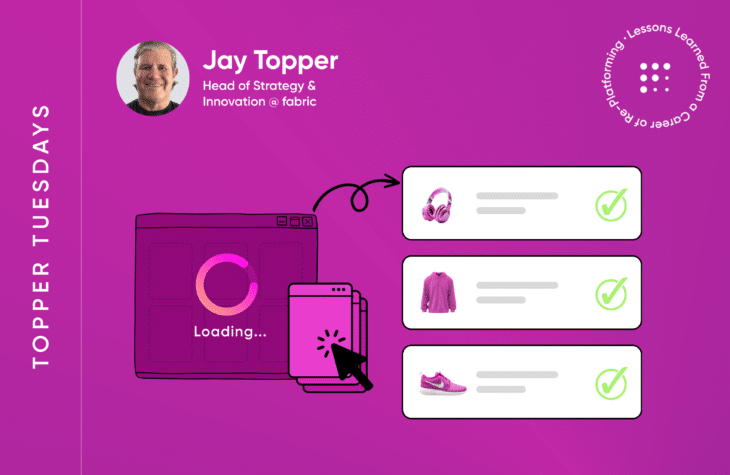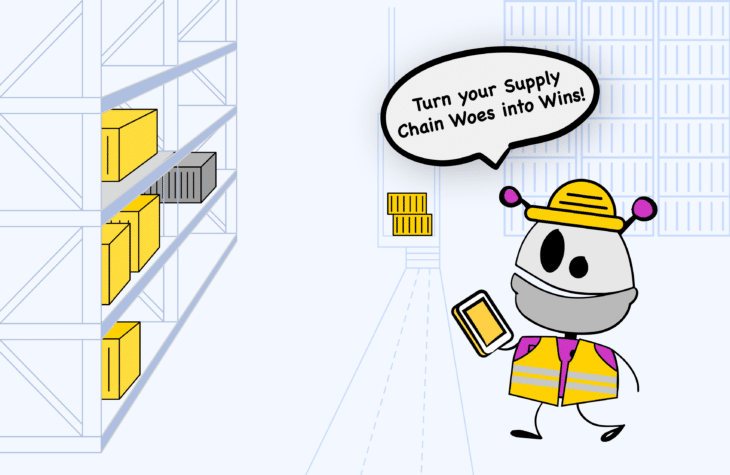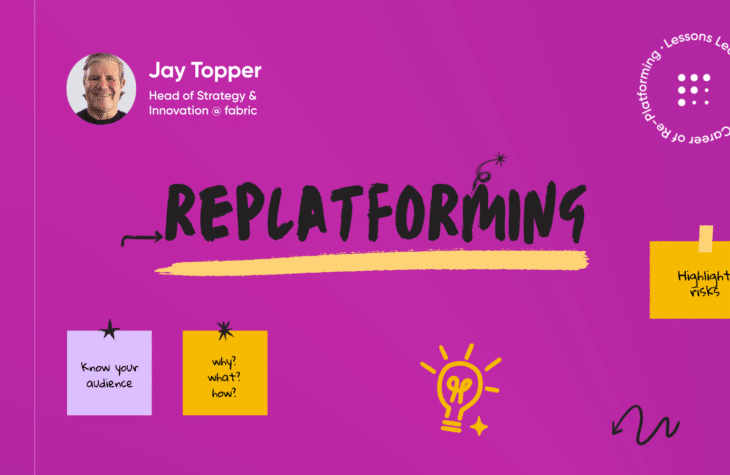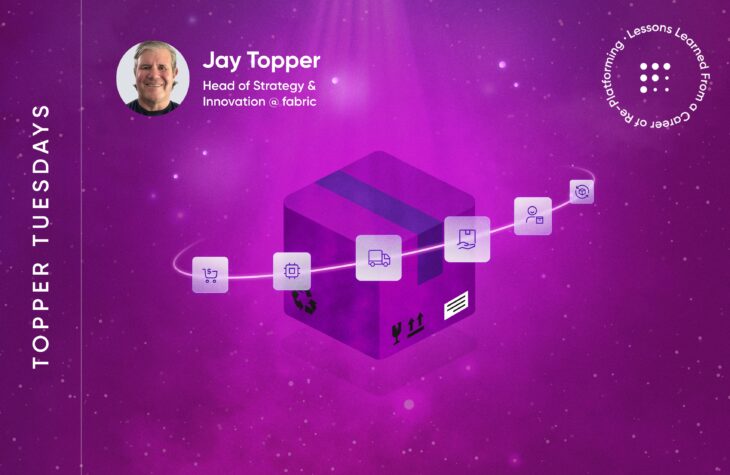Replatforming: How To Present Your Recommendation

When I look back over the last 20 years or so, I have probably made presentations to boards, public (mostly) and private, 60+ times across 5 companies. I have also sat in on hundreds of presentations from my peers (and my direct reports) as they presented to the board, and as a member of two different boards myself. Even if your presentation is to the CEO or other C-level executives, your approach should be the same.
This post will focus on board presentations, providing you with obviously general guidelines, given you know your board better than I do. This is likely my most obvious blog to date, but remember that decision-makers like us are also marketing and selling ideas and recommendations. The dynamic is important, and you probably know that some of the best ideas never get underway because the story wasn’t compelling enough.
Know your audience
To make your story compelling, you must know your audience. I usually have three versions of every pitch I make:
- 1. For my peers (other functions throughout the business),
- 2. For the Executive committee/CEO, and
- 3. For the board.
Knowing your audience is more than just understanding their questions; it’s also knowing the level of detail they expect. I have frequently built decks aimed directly at the departments I have managed to share information. Those are usually the longest and most detailed. The content shrinks and becomes more succinct as it traverses up the chain of command, but the message is generally the same. My fellow business leaders may get the 30-slide version, the executive team gets 15 slides, and the board will see just 7 or 8 slides. My appendixes always have more detail than almost anyone would want more — they become my personal white paper in board format.
Build your presentation
Ok, let’s get into the nitty gritty. If I were to imagine a board-level presentation pitching a replatforming project, I’d think about it slide by slide. Since my target is 7-8 slides, here’s how the deck would be arranged and the information I’d include on each slide:
1. Executive summary
Tell the entire story on one slide: problem, solution, timeline, and business impact.
- Why change (current state/problem)
- What’s the solution (future state)
- The expected cost – not just implementations, but 3-year Total Cost of Ownership (TCO)
- The ROI — be conservative with ROI — and continually emphasize this – too many projects fail to look back “after the fact” to understand how closely they tracked to expected positive outcomes
- High-level end date (at the “quarter” level for large projects). I like being aggressively realistic – the date becomes a rally cry!
2. Remind these decision-makers of the why, what, and how
Read “Why Replatform? 5 Reasons Retailers Make the Change” to understand why – “the why” is so critical.
- Get back to the basics: what business problems are you solving? And what positive expected outcome are you expecting?
- Have an anchor metric with sub-metrics — just a few, no more. For example, “conversions” may be your endgame anchor metric, with site speed, abandoned carts, and improved inventory accuracy could be your three sub-metrics — just as an example.
- Articulate all the positive expectations and tracked metrics in the appendix.
- It’s also OK to have ancillary positive outcomes–here or in an appendix. For example employee experiences may dramatically improve
- Note: I don’t like to use the avoidance of future cost as an outcome–unless it can truly withstand financial scrutiny
3. Discuss your partner and platform choice
Take a look at “Platforms and Partners: 5 key points to consider when making retail replatforming choices” for some tips on selecting your vendors.
- Explain why you’ve picked this partner and implementer, and that you did all the work to “get it right.” Consider it like introducing a new member of your team: be proud and optimistic!
- Summarize your “scorecard” including the potential partners you didn’t pick, and why.
4. Bring forward your business understanding of tech
Hey, what do you know! I wrote a blog post about that, too: “Demystifying Platform Technology: Buzzwords and Jargon Never Deliver.” Don’t assume your audience understands the tech. Use this slide to elevate their technical understanding, especially if you can make it clear and outcome-based. Most boards don’t like investments in tech for tech’s sake. For example, I created a “why architecture matters” slide to explain why I was proposing a cloud-based, modular solution instead of on-prem.
5. Show incrementally
“Big bang” implementations are a thing of the past. The sequencing of change is as critical as the overall change. For me, this is often the second biggest risk. (I’ll cover this in a future blog post.)
- Explain why you’re doing one component or taking a modular approach.
- For example, you may implement a new search, OMS, or product catalog first, and then eventually launch your new front-end. (Note that back-ends are SO critical and where a lot of the work is, so I often save the front-end for last, but every company is different!)
- Let the audience know you have a strategy and a roadmap to make it happen. No need to go into a ton of detail, otherwise it’ll be distracting.
6. Cost and timeline
Discovery is tricky, and trite, but necessary (stay operational during the process!). Every partner wants to start with discovery to make sure they have everything ticked and tied. But, if you really optimize your due diligence, this should not yield any major surprises. Remember this fact: Discovery has NEVER led to a lowering of cost and time, so buffer your budget and timeline accordingly. (Yes, more on this in a future blog post, too!)
You want to show the board that you’ve done your homework to suss out the real cost of the project. Look ‘em in the eye (your partner) and push them for an accurate and realistic budget. Remember to build in a buffer–20% for larger projects especially those that require internal labor capture.
7. Highlight the risks
This is literally “what keeps you up at night.” In my last major replatform, going from an antiquated monolith to a composable solution, I was most worried about the engineering change management it would require. But it’s different for every project.
- Call out the biggest risk.
- Show how you have or will mitigate it, and then move on to the next biggest risk.
Over time, and with your conscious focus, the top risk usually drops. At that point, you need to adopt a new “top risk.” Never stop chasing your biggest concern.
Lastly, if your biggest risk is the platform or the implementation partner, you probably didn’t do enough due diligence. But, they are now part of your team.
8. Articulate clearly your expectations for the next quarter
Again, stay high-level. You just want to prove that you’re prepared to jump into action the moment the board says go.
Good luck with your board presentation
A dedicated post on “how to create your board presentation ay seem rote or sophomoric. And, I am not sure I have done the importance of this justice.
I wish I could drop one of my former decks into the blog (I’d surely get in confidentiality trouble!) But they have almost ALWAYS been well-received. Transparency, clarity, and superior articulation around what matters to YOUR company breeds trust.
Facilitating a more positive trajectory of business outcomes takes due diligence and guts. Rolling these concepts into a presentation is your “white paper” for senior leaders.

In the next Topper Tuesday, Execution: Bringing your vision to life
Here’s my quick-hitter of guiding principles based on 27+ years or replatforming:
- 1. Incrementality wins
- 2. Meet in person periodically as an entire team
- 3. Create a hero culture
- 4. RACI
- 5. Practice agile communications
- 6. Accountability
- 7. Understand leadership vs. management — both are necessary
- 8. Keep senior executives and the C-suite vested in the project’s success
- 9. Never lose sight of metrics
- 10. Have FUN!!
Toppers Tips & Tricks: Presenting Your Case
- Start big with your presentation and trim as you go up the chain. Don’t reinvent content; you want people at all levels to become comfortable with the story even if it has different lengths.
- Keep your top risk front and center. It’s easy to shy away from widely discussing plan weaknesses, but this enables focus and establishes trust.
- Know your board’s level of understanding and their “hot buttons.”
- Speak truth to power–be positive but absolutely and transparently truthful–especially with bad news
- Use this as an opportunity to raise digital awareness.
- Know who can help you build decks if you aren’t great at turning content into something visually impacting. This is a unique skill and I have been incredibly fortunate to have a direct at my side for two consecutive tours that both enjoyed and was great at it!

Head of Strategy and Innovation @ fabric





